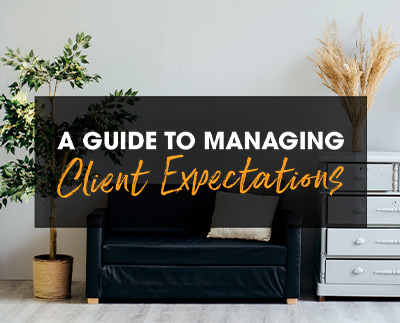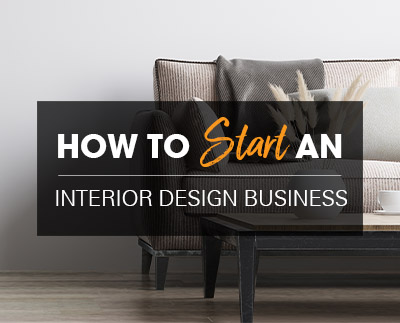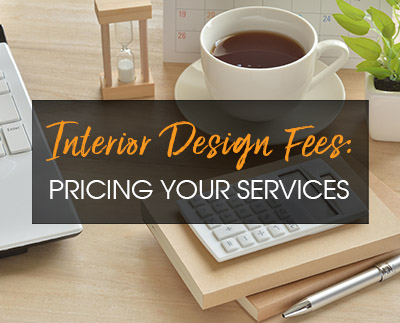During your initial meeting, make sure you cover all grounds. Be transparent with your potential client – tell them how your design process works, how payments are made, how you will communicate with one another for the duration of the project, how long it will take you to answer an email or a text message, etc. You should also set boundaries to manage client expectations in terms of your working hours (e.g., Monday to Friday from 9AM to 5PM, unavailable on weekends).
Project scope
Ask your client to go in as much detail as possible about what they want to achieve with their design and what their timeframe is. Once you’ve had this conversation, let them know if their expectations are feasible. Do not sugarcoat anything or make promises you cannot keep as this will not benefit anyone and will only frustrate your client down the line. Managing client expectations at this point is crucial for the success of the project.
Budget
Discuss your client’s budget. Most clients are unsure about how much projects normally cost – you can help them figure it out based on your past experiences. If their budget is too low for the project they want to undertake, you have to let them know immediately that it won’t work out. Unless you specialize in budget-friendly designs, you might not be the right fit, or they might not be ready to move forward with their project.
Contingency plan
Whatever budget your client has in mind, remind them that they also need a
contingency plan for unforeseen overrun. Anywhere between 10-25% of the overall renovation budget should offer a good enough safety net. Explain to your client that this is necessary as there might be unexpected surprises such as moisture damage, structural issues, electrical issues, etc., that cannot be assessed before the work starts.
Workload
If you’ve got several other projects booked already, don’t be afraid to share your current workload with your potential clients. A big part of managing client expectations is agreeing on a reasonable timeframe for project completion, so letting them know your bandwidth in advance will help them understand that it might take longer than they originally expected.
Portfolio & 3D renderings
If your client hasn’t had a chance to see your
portfolio, show them your work during the initial consultation or send them a link to your digital portfolio prior to your meeting. If you’re planning on using a
room planning software to create a
3D rendering for your client, you can show them previous ones you’ve done so they get a better idea of what to expect.
Contract
Your
interior design contract is legally binding and should provide all the details of the project. The more detailed, the better. It should include the scope of work, design fees, drawing details, purchasing process, refunds and cancellations, reimbursable expenses, payment terms, insurance, etc. You can go over each point with your client if needed.
Margin of error
There is almost always something that doesn’t go as planned during a home renovation project. Mention this during your consultation – it’s the nature of the business – but reassure them that as their interior designer, you will do everything in your power to find a solution to whatever issue that arises.
Contractor management
It’s important to let your clients know that you do not control how your contractors and sub-contractors work. If there are delays caused by them, it’s not because you did not do your job correctly. However, advise them that you will do your very best to coordinate and make sure everything is on track.
Next steps
Once you’ve succeeded in managing client expectations, they’ll be able to make an informed decision. If they move forward and hire you as their interior designer, you can rest assured that you’ve covered all grounds so there shouldn’t be many surprises along the way.
Subscribe to our blog to get monthly industry-related content delivered right to your inbox.






